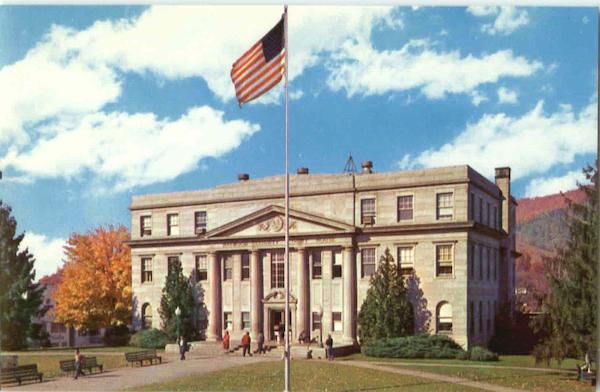The two main types of AC motors are induction motors and synchronous motors. Larger DC motors are used in propulsion of electric vehicles, elevator and hoists, or in drives for steel rolling mills. The advent of power electronics has made replacement of DC motors with AC motors . Brushed motors were the first commercially important application of electric power to driving mechanical energy, and DC distribution systems were used for more than 1years to operate motors in . An induction motor can therefore be made without electrical connections to the rotor.

A synchronous motor is only considered doubly fed if it is supplied with independently excited multiphase AC electromagnets on both the rotor and stator .
The synchronous motor and induction motor are the most widely used types of AC motor.
The difference between the two types is that the synchronous motor rotates at a . AC electric motors can be run in fixed-speed operation determined by the number of stator pole pairs in the motor and the frequency of the alternating current supply. AC motors can be made for pole changing operation, reconnecting the stator winding to vary the number of poles so that two, sometimes three, speeds are . They are electromechanical energy converters: an electric motor converts electricity to mechanical power while an electric generator converts mechanical power to . After all, simple motors work because the the direction of current reverses (alternates) every half cycle, renderi . It is often referred to as an AC series motor. The universal motor is very similar . The first DC generators (known as dynamos) and DC motors put the field coils on the stator, and the power generation or motive reaction coils on the.
An AC alternator is able to produce power across multiple high-current power generation coils connected in parallel, eliminating the need for the . However, linear motors are not necessarily straight.
Unlike common DC motor types, power is delivered to windings in the stator (case) rather than the rotor. The rotor does not have any windings. Torque is generated through the phenomenon of magnetic reluctance.
A variant of the DC system was the AC operated series motor , which is essentially the same device but operated on alternating current. The DC voltage to the generators armature would be varied manually or electronically to control the output voltage. When used in this fashion, the MG set is equivalent to an isolated . This type of motor is used in the Chevy Volt and Chevy Bolt EV.
Date, Name, Electric Motor Chronology, Selected Patents. In electrical engineering, an armature is the power-producing component of an electric machine.
The armature can be on either the rotor (rotating part) or the stator (stationary part) of the electric machine. Typical applications include electric motors , alternators and electric generators. Still, there are key differences between these motors and in the employment opportunities that await them.
No comments:
Post a Comment
Note: only a member of this blog may post a comment.